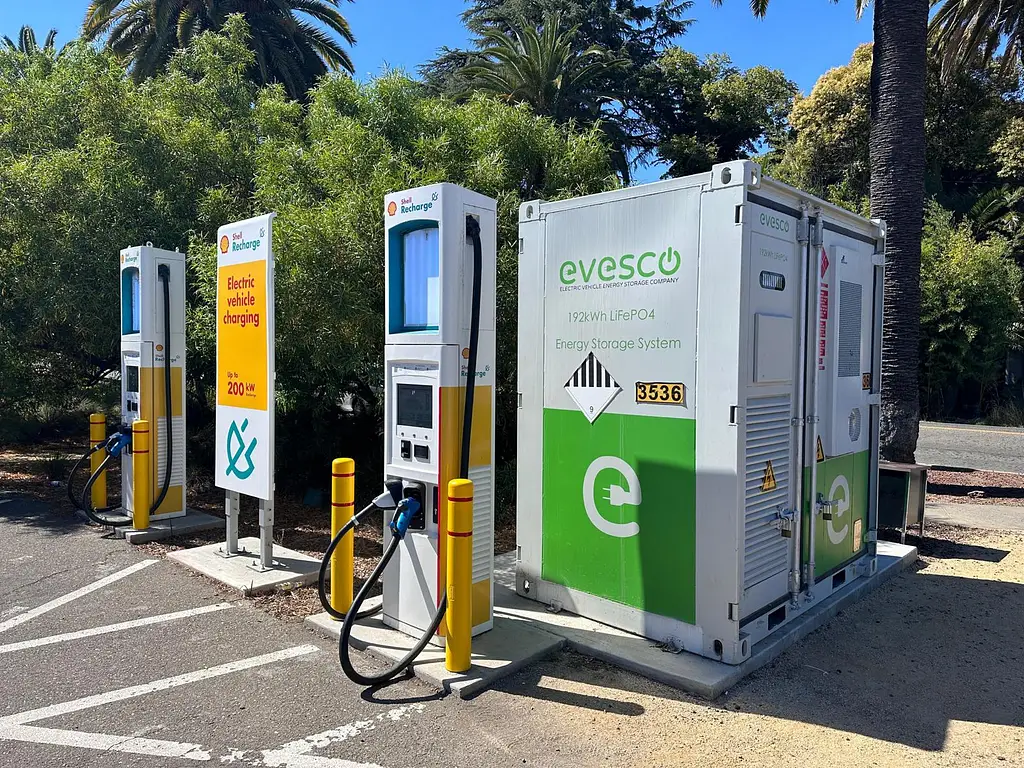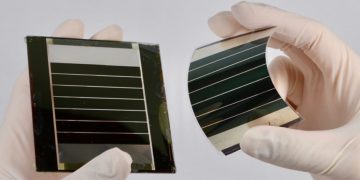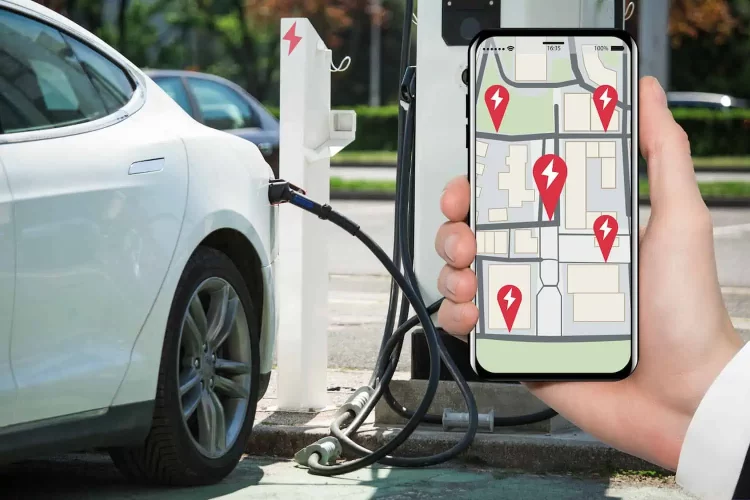The rise of electric vehicles (EVs) has been one of the most significant advancements in the automotive industry in recent years. As concerns about climate change, air pollution, and the environmental impact of fossil fuels continue to grow, the shift to electric vehicles represents a key component of sustainable transportation. However, while EVs hold great promise, they still face several barriers that must be overcome before they can fully replace traditional gasoline-powered cars on a global scale. This article investigates the challenges and breakthroughs in electric vehicle technology, highlighting the innovations that are breaking down these barriers and paving the way for a more sustainable future.
1. Challenges Facing Electric Vehicle Adoption
Despite the rapid growth of the electric vehicle market, there are still several challenges that need to be addressed for widespread adoption of EVs. These challenges range from technological limitations to market readiness and consumer perceptions.
Range Anxiety:
One of the primary concerns for potential EV owners is range anxiety—the fear that an electric vehicle will run out of battery before reaching a charging station. While range has improved significantly in recent years, with many modern EVs offering a range of over 250 miles on a single charge, it remains a concern for consumers, especially for those who frequently drive long distances.
Charging Infrastructure:
Another major hurdle for EV adoption is the availability and convenience of charging stations. While the number of charging stations has increased, it still lags behind the widespread availability of gasoline stations. Additionally, the charging speed remains a limitation, with most EVs requiring several hours to fully charge using standard charging outlets, though fast chargers can reduce this time to around 30 minutes.
Upfront Cost:
Electric vehicles tend to have a higher upfront cost compared to traditional internal combustion engine (ICE) vehicles, primarily due to the cost of the battery. While EV prices have been steadily decreasing, the cost of purchasing an electric vehicle remains a barrier for many consumers, especially in regions where subsidies or incentives for EVs are limited.
Battery Life and Sustainability:
EV batteries are designed to last many years, but the long-term durability of batteries, especially as they degrade over time, is still a concern for some buyers. Additionally, the environmental impact of manufacturing, recycling, and disposing of EV batteries, which contain critical materials such as lithium, cobalt, and nickel, remains an issue. There is a growing need for more sustainable practices and technologies to address the life cycle of EV batteries.
2. Breakthroughs in EV Battery Technology
The heart of any electric vehicle is its battery. Over the years, advances in battery technology have been a key driver of progress in the electric vehicle sector. Several breakthroughs in battery design and materials are poised to address many of the challenges faced by electric vehicles, from range anxiety to cost reduction.
Solid-State Batteries:
Solid-state batteries are one of the most promising innovations in battery technology. Unlike traditional lithium-ion batteries, which use liquid electrolytes, solid-state batteries use a solid electrolyte. This new design offers several advantages, including:
- Higher energy density, allowing for longer driving ranges.
- Faster charging times, making it more convenient for consumers.
- Improved safety due to reduced risk of overheating and fires.
- Longer lifespan, reducing the need for frequent replacements.
Solid-state batteries have the potential to revolutionize the EV market by providing more efficient, safer, and longer-lasting energy storage solutions. However, challenges remain in scaling up production and reducing costs, but ongoing research is making significant progress in overcoming these hurdles.
Lithium-Sulfur and Lithium-Air Batteries:
Researchers are also exploring alternative battery chemistries, such as lithium-sulfur and lithium-air batteries. These technologies promise to offer even higher energy densities than traditional lithium-ion batteries, potentially increasing the driving range of EVs even further. Additionally, lithium-sulfur batteries could be more affordable to produce, making them an attractive option for mass-market EVs.
While these technologies are still in the research phase, they hold great promise for the future of electric vehicles. If successful, they could significantly reduce the cost and increase the performance of electric cars.
Recycling and Second-Life Applications:
As EV adoption grows, so does the need for sustainable battery recycling. Advances in battery recycling technologies are helping to reduce the environmental impact of used EV batteries. Companies are developing methods to extract valuable materials from used batteries, which can then be reused in the production of new batteries, reducing the need for raw materials and lowering the overall environmental footprint.
Additionally, used EV batteries can be repurposed for second-life applications, such as energy storage for renewable power. By giving old batteries a second life in energy storage systems, the lifecycle of the batteries is extended, helping to reduce waste and increase the sustainability of EVs.

3. Charging Infrastructure: Fast Charging and Wireless Solutions
The development of a robust and accessible charging infrastructure is crucial for the widespread adoption of electric vehicles. While progress has been made in installing more charging stations, there are still challenges related to charging speed, accessibility, and convenience.
Ultra-Fast Charging:
One of the key breakthroughs in charging infrastructure is the development of ultra-fast charging stations. These stations can charge an EV’s battery to 80% in as little as 20 minutes, reducing the time needed to charge and alleviating range anxiety for long-distance drivers. Companies like Tesla, Ionity, and other global players are rolling out fast-charging networks across major highways and urban areas to ensure EV owners can charge their vehicles quickly and conveniently.
Wireless Charging:
Another exciting development in EV charging is the concept of wireless charging. Similar to the technology used in wireless phone charging, wireless EV chargers use electromagnetic fields to transfer energy to the vehicle’s battery without the need for physical connectors. Although this technology is still in the early stages, it has the potential to revolutionize the way EVs are charged by making the process more seamless and user-friendly. Imagine charging your car while parked in your driveway or even while driving on a road embedded with wireless charging technology.
Vehicle-to-Grid (V2G) Technology:
Vehicle-to-grid (V2G) technology allows electric vehicles to not only draw power from the grid but also feed energy back into it. This system could play a critical role in balancing grid demand, particularly as more renewable energy sources like solar and wind come online. By utilizing EVs as mobile energy storage units, V2G technology could help optimize energy usage, reduce the strain on the electrical grid, and contribute to a more sustainable energy ecosystem.
4. Innovations in EV Design and Manufacturing
In addition to advancements in battery technology and charging infrastructure, breakthroughs in vehicle design and manufacturing are also playing a key role in driving the electric vehicle revolution.
Lightweight Materials:
One way to improve the efficiency of electric vehicles is by reducing their weight. Lightweight materials such as carbon fiber, aluminum, and advanced composites are being increasingly used in the construction of electric vehicles to reduce overall weight and increase energy efficiency. Lighter vehicles require less energy to move, improving the driving range of EVs and enhancing performance.
Autonomous Driving and EV Integration:
Many of the leading EV manufacturers are also exploring the integration of autonomous driving technology into their vehicles. The combination of electric powertrains and self-driving capabilities offers a unique opportunity to reshape the future of transportation. Autonomous electric vehicles (AEVs) could reduce traffic congestion, lower emissions, and provide a safer, more efficient driving experience.
3D Printing in EV Production:
3D printing is being used to streamline the production process of electric vehicles by enabling more precise and cost-effective manufacturing. Companies are using 3D printing to create lightweight components, reduce waste, and accelerate the production process. This technology could help EV manufacturers achieve economies of scale and make electric cars more affordable for consumers.
5. Government Policies and Incentives: Encouraging EV Adoption
Government policies and incentives are crucial for accelerating the adoption of electric vehicles. Many countries have introduced tax incentives, subsidies, and rebates to make electric vehicles more affordable for consumers. In addition, policies such as zero-emission vehicle (ZEV) mandates, low-emission zones, and investments in charging infrastructure are helping to create a supportive environment for EV adoption.
Global Shift Toward EVs:
Governments around the world are setting ambitious goals for the future of electric vehicles. For example, the European Union has set a target to reduce carbon emissions from cars and trucks by 55% by 2030, with the ultimate goal of achieving net-zero emissions by 2050. Countries like Norway and the UK have announced plans to ban the sale of new gasoline and diesel cars by 2035, further accelerating the transition to electric vehicles.
Conclusion
The road to sustainable transportation through electric vehicles is paved with challenges, but the breakthroughs in battery technology, charging infrastructure, and vehicle design are making this transition increasingly feasible. As electric vehicle technology continues to evolve, it promises to reduce emissions, improve air quality, and create a cleaner, more sustainable future for transportation. With continued investment in innovation and supportive policies, electric vehicles will play a central role in creating a greener world for generations to come.


















































Discussion about this post